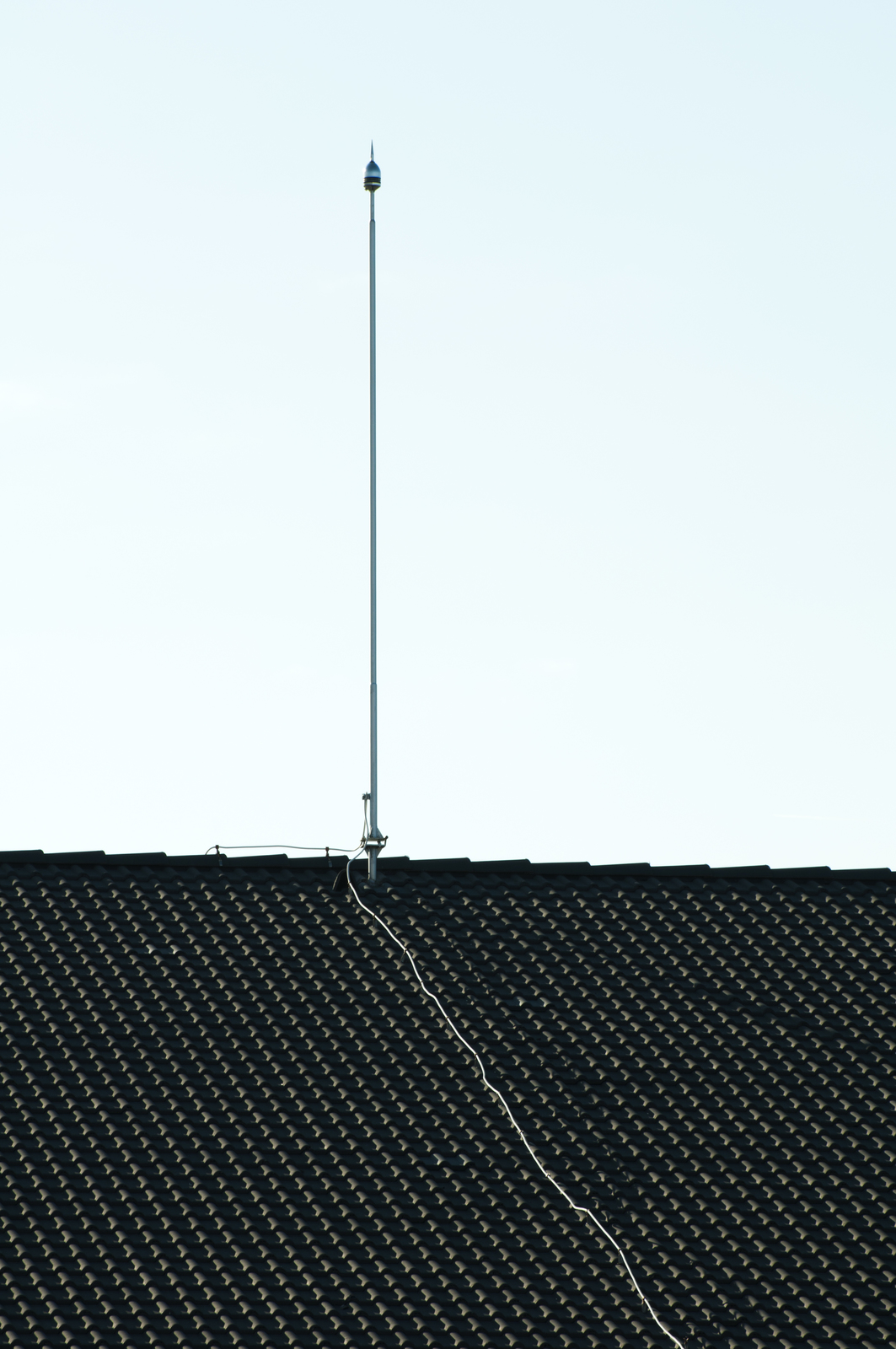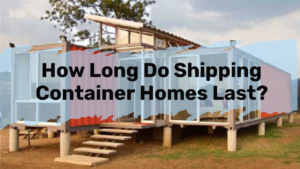As you get ready to either buy a prefab container home, or DIY, one of the biggest things that your home will need is power, whether hooked up to the grid or going with solar power. There is a long list of requirements when it comes to installing electrical, and each town, city, county, and state are going to have different laws and requirements for installing electrical.
We recommend that you go to your local planning office and find out what the local codes are in your area. It’s always best to either hire a local electrician or talk to one, to find out the best way to go about installing electrical wiring in your home. However, some areas will allow you to install your own electrical in your home.
Electrical In Your Home Container

The electrical in your container home is going to be the same as in a traditional home but should be run in a conduit as an extra precaution, since your home exterior is made completely from metal.
This will decrease the chances of a live wire making contact with the container and causing damage or personal injury to yourself or others. If you are hooking up to a solar panel, the method for electrical is the same.
Again, we can’t stress enough how important it is to be very diligent if you plan on installing the wiring in your container home yourself. Safety should always be the number one concern when dealing with electricity.
Do I need An Electrical Plan Before I Start?
Before you begin installing any wiring, you need to have a clear plan for where your outlets, light switches, light fixtures, and the breaker box will be situated.
Each room or area of your container home is probably going to have different uses and therefore requirements.
An entertainment room is going to require more outlets than a bedroom might, especially if running a lot of electronics at the same time.
Bathrooms will require outlets that are close to the vanity for things like hair dryers and electrical grooming tools.


You need to have a plan on where to place light switches. You don’t want to have them in odd places, or on the wrong side of a door as it can be inconvenient to reach them.
Your local zoning and planning office will most likely require you to pull permits. They will want to look at your electrical plan or diagram to make sure that you are staying within the codes and regulations for your area.
Chances are that they will probably require stamped plans from an electrician or an electrical engineer.
What Are The Basics Of Wiring?
The basics of wiring include all the components that make up the electrical grid in your home, such as electrical boxes for the outlets, light switches and fixtures, and the breaker box.
Local codes will have requirements on minimum spacing between electrical outlets to ensure safety to the home and occupants.
Most traditional stick-built homes run on 200 amps, while a container home might run on 100, 150, or 200 amps depending on the size of the home.
This is one area that you want to consult with an electrician to ensure that you are using the right amount of power in your home.

What Gauge Of Wire Is In My Container Home?

Romex is a trade name for a type of electrical conductor with non-metallic sheathing that is commonly used in residential wiring.
This name brand wire is categorized by the National Electrical Code (NEC) as underground feeder (UF) or non-metallic sheathed cable (NM and NMC)
Romex is used for most lighting and outlets in your home and will be labeled with a number, i.e., 12-2, 14-3, etc. The first number lets you know what gauge the wire is.
It’s not uncommon for your home to have 10, 12, and 14 gauge running in it as different appliances have different power requirements.
As a reference we’ve included a list of requirements that different appliances will need:
Wire Gauge, or Type Rated Amperage Common Uses
14-2 Romex 15 A Lighting Circuits
12-2 Romex 20 A Lighting and outlet circuits, refrigerator
10-2 Romex 30 A Electric water heater, baseboard heaters
10-3 Romex 30 A Electric clothes dryer
6/3 Cu Range Cable 50 A Range, heat pump, on-demand electric-water heater
What Type Of Conduit Is Used In Our Container Homes?
Our container homes use a combination of straight PVC schedule 40 conduit and PVC schedule 40 flex conduit. The straight conduit is 2” wide, and the flex conduit is 1” and runs from the corners through the ceiling and walls.
If you are planning on DIY container home PVC schedule 40 conduit is a good choice to go with. There is also another product on the market called EMT (Electric Metallic Tube) that is used frequently.
EMT conduit is designed with the interior coated that provides for a smooth and fast wire pull when running wire. It is designed to protect against impacts, crushing and magnetic fields. It is also coated with zinc which helps prevent corrosion.
EMT can be used for interior purposes, and is especially effective for exterior use, if you need to run wiring on the outside of your home.

Yellow PVC pipes for electric conduit
How Do I Tie In To Light Fixtures, Outlets, And The Power Box?
Before you do any work with wiring make sure that the power is off at the breaker box before you begin the work. If you are still in the install phase of building that is less critical, but when adding to your electrical grid you want to have the power off to minimize damage to your home and especially to yourself.

Electrical wiring in the US follows a standard and basic color code scheme: red and black wires indicate live wires, white wires serve as the ground wire, and blue, yellow, or other colors are used for switches or other specific purposes, depending on the use of the outlet or switch.
If you are adding devices in your home, make sure to never splice the wires in the middle of your run. If you don’t have enough length, you’ll need to buy more wire. When splicing it should only ever be done in a junction box or the electrical box.
At the very least we do recommend hiring an electrician to hook up to the power box and for tying in to the grid. If you are doing it yourself and get stuck or over your head, it’s a good idea to hire an electrician to finish the wiring and hook it up for you.
Do I Need To Ground My Container Home?
It’s always a good idea to ground your container home to protect your electronics and appliances. The good thing about containers is that because they are made completely out of metal they act as a Faraday Cage and already offer lighting a path of least resistance.
A lightning rod will help protect your home even more. A lightning rod is fairly easy and straightforward to set up. You can have as many lightning rods as you think necessary, but we recommend at least one.
You’ll want to have your ground rod checked by a local electrician to ensure that it is less than 25 ohms to ground, as this will give you adequate lightning protection for your electrical system.
If it’s not you will need to install a second one at least 6’ away and hook (or bond) them together with a Grounding Electrode Conductor.

The minimum size for Grounding Electrode Conductors listed in the NEC is 6AWG. Bare 6AWG is easy to find, you can get it at any electrical store – Home Depot, Lowes, and can be directly buried without any problems. This wire needs to run between all the ground rods.
The Bottom Line
Whether it is a traditional house or an eco-friendly container home, installing electricity should be done correctly and safely. Make sure to follow all the proper laws, requirements and procedures in your area. Electricity is not something to play with, if in doubt, hire an electrician. There’s peace in mind, knowing that all codes have been met and the work was professionally done!



